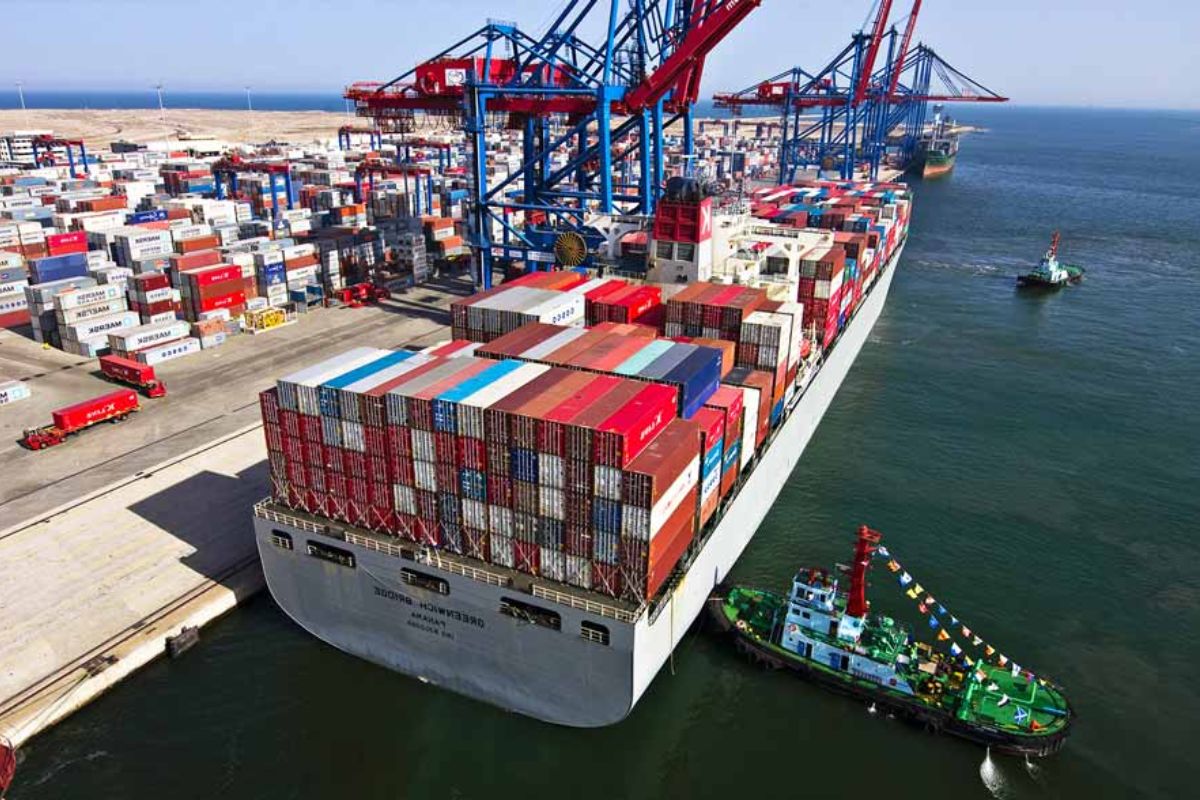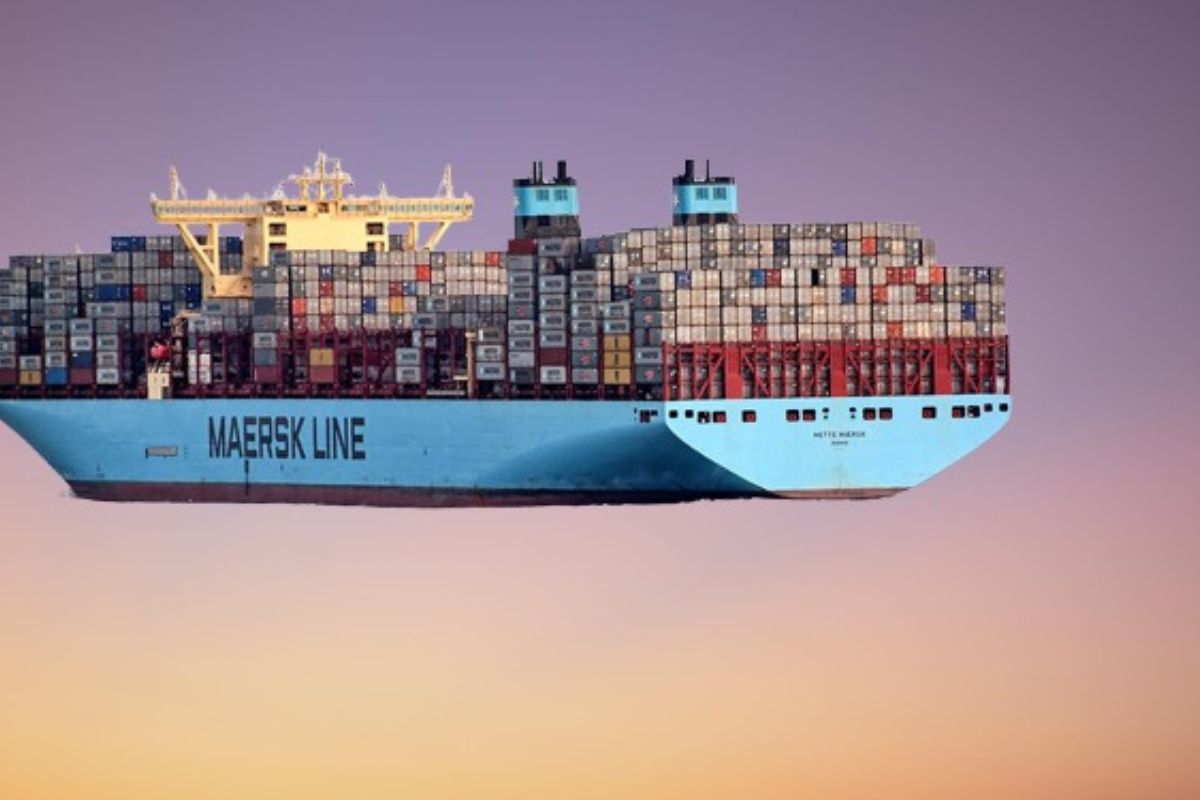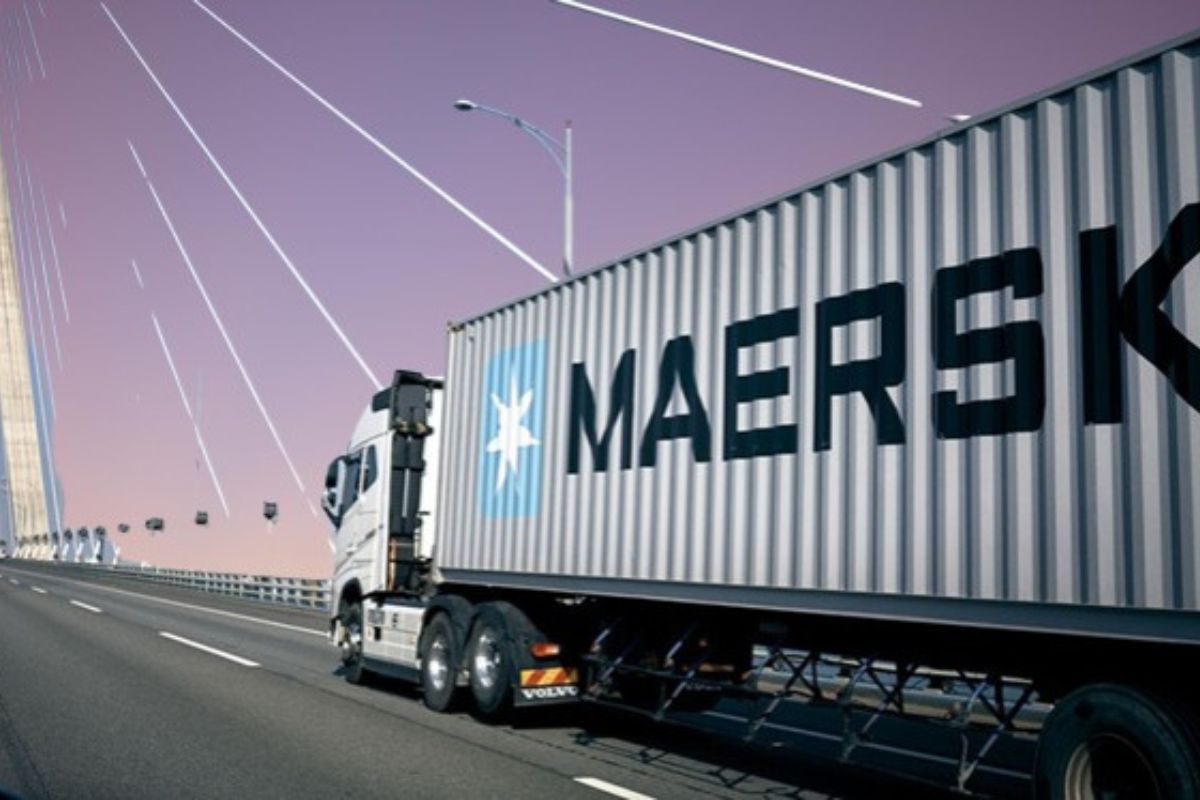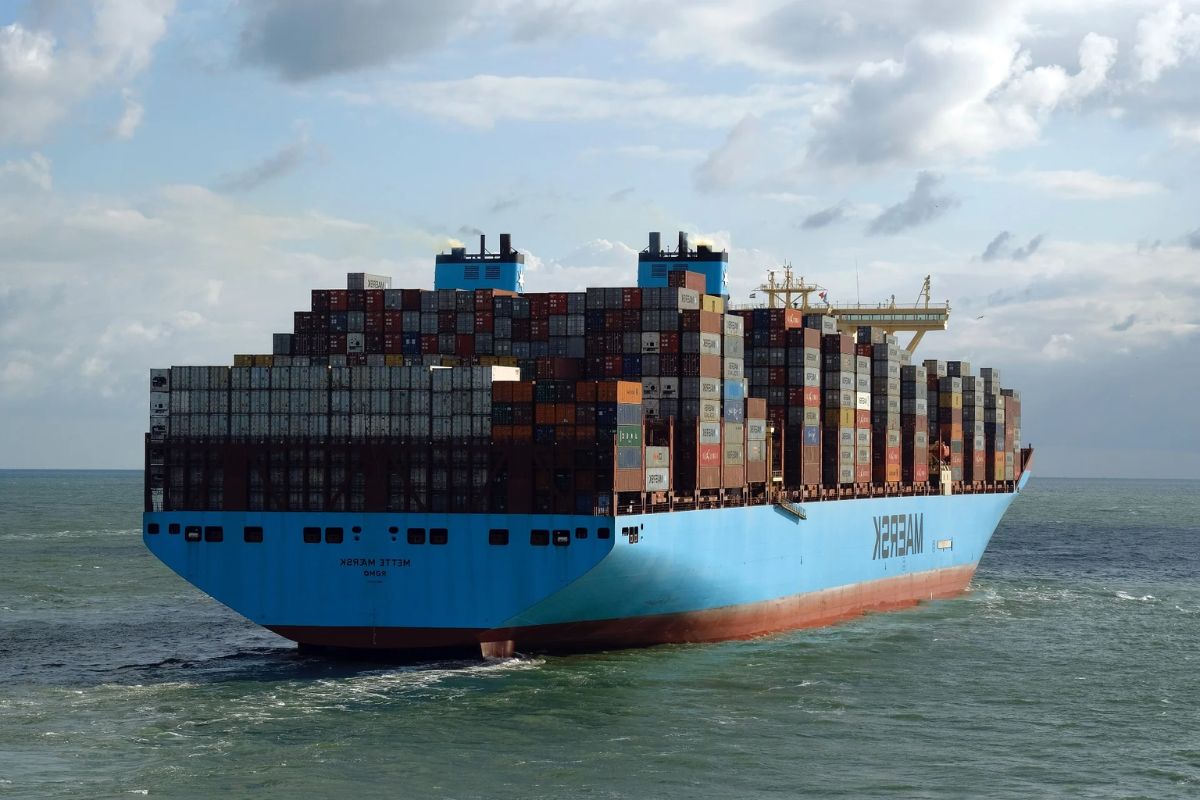Maersk Redirects Container: As tensions continue to simmer in the Red Sea region, Denmark’s Maersk, the world’s largest container shipping company, finds itself caught in a precarious situation.
With the recent escalation of conflicts and security concerns, Maersk has been forced to reroute its container ships, opting to return to the Suez Canal. This decision, while a prudent response to the mounting risks, presents a myriad of challenges and implications for global trade, financial stability, and security in the region.
As we delve into the complexities of Maersk’s strategic maneuver and the broader impact it carries, it becomes evident that the Red Sea’s turbulent waters hold far-reaching consequences that demand closer examination.
Key Takeaways
- Maersk’s container ships have returned to the Suez Canal after rerouting them around the Cape of Good Hope due to recent Houthi militant attacks.
- The return of the ships highlights the ongoing tensions in the Red Sea region and the challenges faced by shipping companies in managing security concerns and financial strain.
- Rerouting the ships imposed significant financial burdens on shipping companies, with additional costs of up to $1 million in fuel for each round trip.
- To mitigate security challenges in the region, potential measures include strengthening naval patrols, enhancing maritime surveillance and intelligence sharing, implementing contingency plans, and promoting dialogue for peaceful resolution of territorial disputes.
Denmark’s Maersk Faces Challenges: Rerouting Ships Amidst Red Sea Tensions
Denmark’s renowned shipping company, Maersk, currently grapples with the formidable challenge of rerouting its ships amidst escalating tensions in the Red Sea.
Also Read: Maersk Adjusts Shipping Strategy: Vessels Rerouted via Cape of Good Hope
Recent Houthi militant attacks have forced Maersk to reroute four out of five container vessels that were initially bound for Asia. This strategic move aims to mitigate the risk of further attacks and disruptions, highlighting the complex challenges faced by maritime trade in the region.
The decision to reroute the ships showcases Maersk’s commitment to ensuring the safety of its crew, cargo, and operations. By returning to the Suez Canal, Maersk aims to navigate away from the volatile situation in the Red Sea.
This proactive approach demonstrates the company’s ability to adapt quickly to changing circumstances and prioritize the security of its assets.
Targeted Vessels and Rerouting Strategy: Maersk’s Prudent Response
Amidst the escalating tensions in the Red Sea, Maersk, the renowned Danish shipping company, has implemented a prudent response by rerouting its targeted vessels and devising a strategic plan to ensure the safety of its operations and assets.
In light of the recent attack on a Maersk ship by Houthi militants, the company has taken proactive measures to protect its vessels and crew. The container vessels affected by the rerouting include Maersk Genoa, Maersk Londrina, Ebba Maersk, and Gjertrud Maersk.
Originally en route to Asia, these ships have been redirected around the Cape of Good Hope, bypassing the Suez Canal. This decision demonstrates Maersk’s commitment to prioritizing the safety and security of its operations.
Global Trade Impact: Disruptions and Inflation Concerns
The Houthi militant attack on a Maersk ship has had far-reaching implications for global trade. Disruptions and inflation concerns are arising as shipping rates soar. The Suez Canal, a crucial route for one-third of global container cargo ship between Asia and Europe, is now facing challenges due to heightened security risks. The decision to reroute ships around Africa highlights the broader impact of regional conflicts on the interconnected web of global trade.
These disruptions have led to an increase in shipping rates, as companies reroute their vessels. This, in turn, causes a ripple effect throughout the supply chain. As shipping costs rise, businesses may be forced to pass on these additional expenses to consumers, leading to potential inflation concerns.
The incident serves as a stark reminder of the vulnerability of global trade to geopolitical tensions. It also emphasizes the need for robust risk management strategies to mitigate the impact of such events.
Financial Ramifications: Additional Costs in Rerouting
Rerouting container ships around Africa due to heightened security risks in the Suez Canal has imposed significant financial burdens on shipping companies, including Maersk. The anticipated additional costs of up to $1 million in fuel for each round trip between Asia and Northern Europe highlight the delicate balance that shipping companies must strike between ensuring the safety of their vessels and maintaining the economic efficiency of established trade routes.
The decision to reroute ships is not taken lightly, as it comes with substantial financial implications. The additional costs incurred in fuel alone are staggering, reaching up to $1 million per round trip. This underscores the challenges faced by shipping companies in navigating the complex landscape of global trade, where security concerns must be effectively managed while minimizing disruptions and financial strain.
Navigating the ongoing struggle of security challenges in the Red Sea region requires a multifaceted approach to safeguarding vital trade routes and ensuring the uninterrupted flow of global commerce. The recent incident involving the Houthi militant attack and the rerouting of Maersk’s container ships highlights the vulnerability of critical waterways to geopolitical tensions.
To effectively address these security challenges, a comprehensive strategy must be implemented, encompassing military cooperation, intelligence sharing, and enhanced maritime surveillance. Additionally, diplomatic efforts should focus on resolving the underlying conflicts that contribute to the instability in the region. The table below summarizes the key security challenges in the Red Sea region and potential measures to mitigate them:
| Security Challenges | Potential Measures |
|---|---|
| Geopolitical tensions | Diplomatic negotiations and conflict resolution |
| Piracy and maritime terrorism | Strengthening naval patrols and international cooperation |
| Smuggling and illicit activities | Enhanced maritime surveillance and intelligence sharing |
| Disruptions to trade routes | Implementing contingency plans and alternative routes |
| Border disputes | Promoting dialogue and peaceful resolution of territorial disputes |
Conclusion Of Maersk Redirects Container
Maersk’s decision to reroute its container ships amidst the tensions in the Red Sea region showcases the company’s prudent response to security challenges.
While this may lead to disruptions in global trade and potential inflation concerns, it is a necessary measure to ensure the safety of their targeted vessels.
However, the financial ramifications of the rerouting, including additional costs, cannot be ignored.
Navigating the ongoing struggle in this region remains a complex and challenging task for all involved parties.
Our Reader’s Queries
Who is the owner of Maersk?
The Foundation’s mission is to ensure that A.P. Moller – Maersk continues to make a positive impact on society. As of today, the Møller family and the Foundation are still the primary shareholders of the company.
How many containers does Maersk have?
Maersk Line boasts an impressive fleet of over 708 vessels, with a whopping total capacity of approximately 4.1 million TEU. This puts them at the forefront of the shipping industry, with the ability to transport goods on a massive scale. Their commitment to excellence and efficiency is evident in their vast resources and capabilities. With Maersk Line, you can trust that your cargo is in good hands.
What is the biggest shipping company in the world?
The top container shipping companies in the world are led by Mediterranean Shipping Company (MSC) based in Switzerland and Italy, followed by Maersk from Denmark, CMA CGM from France, and COSCO Shipping Lines from China. This list includes a total of 26 companies that are dominating the container shipping industry.
Is Maersk a Danish company?
Maersk, formally known as A.P. Møller Mærsk A/S, is a Danish logistics and shipping company established in 1904 by Arnold Peter Møller and Peter Mærsk Møller. With a rich history spanning over a century, Maersk has become a household name in the industry. The company’s name is often shortened to simply “Maersk” and is pronounced as /m??rsk/ MAIRSK in English.




